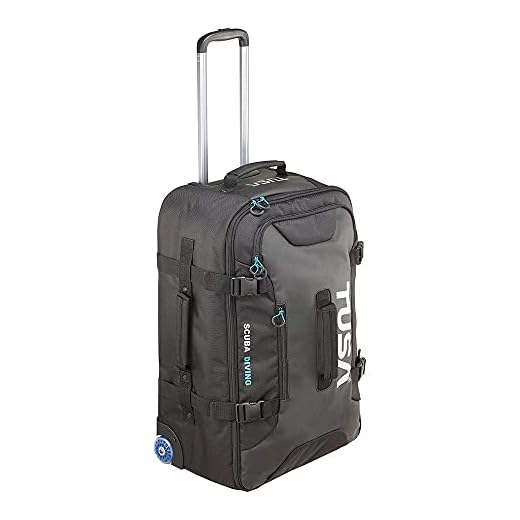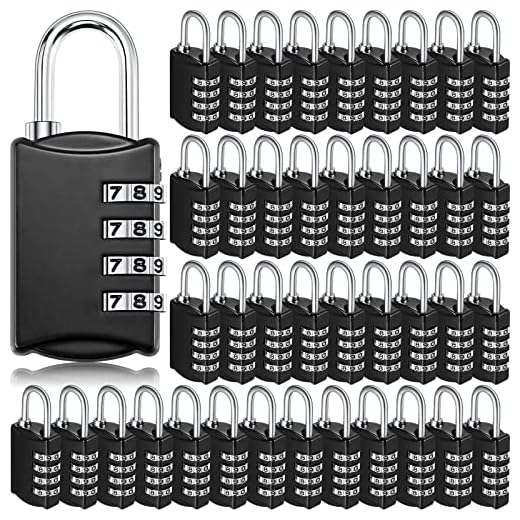



Utilize lockers at major transport terminals or tourist hotspots to store your belongings temporarily. This allows for a hassle-free experience while you visit attractions without the added weight of your things. Look for places that offer 24-hour access to ensure flexibility in your schedule.
Consider local transportation options that accommodate your gear. Public transit systems may have guidelines regarding size restrictions, so verify their suitability for your case. Rideshare services and taxis are also convenient alternatives if you need direct access to various locales.
Inquire about guided tours designed for individuals with baggage, which often provide secure solutions and expert insights into prominent points of interest. These tours can efficiently combine travel and sightseeing, minimizing the need for constant repositioning of your possessions.
Pack wisely if you anticipate moving frequently. Opt for lightweight and compact items that are easy to carry. A small, versatile daypack can be invaluable for short excursions once you’ve secured your larger items, allowing you to roam freely around your surroundings.
Strategies for Navigating Urban Environments with Bags
Utilize storage services available at train stations or airports. Research options ahead of time to find secure places to stow belongings, providing freedom to roam unencumbered.
Choosing the Right Backpack or Suitcase
Select bags that are lightweight and easy to carry, preferably with wheels if opting for a suitcase. Look for durable materials and comfortable straps for backpacks that won’t add to fatigue during exploration.
Planning an Efficient Route
- Prioritize nearby attractions based on their locations. Using a map application can help establish a logical path.
- Incorporate public transportation opportunities such as buses or subways. Check in advance for luggage policies to avoid issues.
- Confirm opening hours of sites and consider visiting off-peak times to maximize experiences at attractions.
Prepare for unexpected situations. Have a lightweight rain cover or an extra tote to accommodate additional items acquired along the way, ensuring everything remains manageable.
Engage in local cuisine by identifying eateries near significant landmarks. This allows for breaks to refuel while still being close to the next destination.
Choosing the Right Luggage for Urban Adventures
Select lightweight options that combine durability and flexibility. Consider a travel backpack or a medium-sized roller bag with wheels for easy movement across various terrains.
Size Matters
Opt for dimensions that fit overhead compartments or can slide under tables in cafes. A carry-on bag typically measuring 22 x 14 x 9 inches or less is ideal, allowing freedom of movement while navigating narrow streets.
Security Features
Prioritize safety with bags that offer lockable zippers, RFID-blocking compartments, and water-resistant materials. This adds protection for valuable items during stops at cafes or parks.
Functionality is key–look for structured compartments for easy organization of essentials. Multiple pockets can help separate tech gadgets, travel documents, and personal items.
Choose bags with adjustable straps for multi-way carrying. Features such as detachable waist belts can also provide comfort when traversing longer distances.
Consider color schemes that minimize visible wear and tear. Darker colors or patterns can mask dirt or scuffs that are inevitable during daily excursions.
Lastly, before making a decision, test out the luggage for comfort by simulating real-life carrying scenarios. Ensure it aligns with your personal style and meets all functional requirements for a successful trip.
Best Storage Options for Your Belongings
Utilize left luggage services available at train and bus stations for quick and secure storage. These facilities often allow you to store your items for several hours or even days, providing peace of mind while you enjoy your outing.
Consider local storage lockers, found in various public spaces like shopping malls and airports. Lockers come in different sizes, accommodating anything from small bags to larger suitcases. Look for those equipped with digital locking mechanisms for added security.
Explore services like luggage transfer, where businesses transport your bags from one point to another. This option is ideal for those wanting to move freely without the hassle of carrying items along the way.
Rental services specifically for the short term are becoming popular. They offer an array of choices, from small bags to larger carriers, ensuring you have just what you need for the day while leaving excess belongings behind.
Hotels and hostels sometimes offer storage facilities for their guests. If you’ve just checked out but wish to continue your activities, inquire about this option for safe keeping of your possessions.
Finally, don’t overlook the possibilities of peer-to-peer storage platforms. These services connect you with locals willing to securely store your bags, often at a fraction of the cost, making it a convenient alternative during your adventures.
For those interested in maintaining the cleanliness of your personal items, consider investing in best pressure washers for cleaning decking to keep your belongings looking fresh and new.
Strategies for Navigating Public Transport with Luggage
Select the optimal means of transportation based on your gear and itinerary. Trains and subways often have designated areas for carrying items; utilize these spaces to avoid congestion.
Check the schedule or map of public transport to plan timely transfers. Familiarize yourself with key stations and exits that cater well to travelers burdened with bags.
Consider a lightweight bag or cart for ease of mobility. Investing in the best umbrella stroller for rough terrains can make transit smoother when traveling with children or larger items.
During peak hours, avoid overcrowded vehicles and instead wait for less busy intervals. This ensures a more comfortable experience while managing your belongings.
Utilize your phone for real-time updates on transport conditions. Many apps can provide alerts about delays or changes in routes, keeping your plans adaptable.
Familiarize yourself with nearby storage facilities if you need to offload weight temporarily. Many transport hubs offer services for short-term storage, providing relief as you explore.
Secure your gear with quality tags, such as the best luggage tags Australia, to prevent loss or confusion during transitions.
Lastly, maintain an organized approach when you board. Position your items strategically so that you can access essentials while minimizing disruption to fellow travelers.
Top Tips for Enjoying Attractions While Carrying Bags
Utilize Lockers at popular sites. Many attractions offer secure locker rentals where you can store items for a few hours, allowing you to move freely without the burden of carrying everything.
Pack Light. Bring only what is necessary for the day. Consider using a smaller backpack or a crossbody bag to keep essentials close while freeing up your hands for activities.
Visit Off-Peak Hours. Some attractions are less crowded during certain times of the day. Arriving early or later in the afternoon can improve the experience and reduce the hassle of navigating through large groups.
Choose Attractions Wisely
Select venues that accommodate visitors with their belongings. Research beforehand to find out which locations are more accessible and provide options for those carrying bags or suitcases, such as museums or parks with ample seating and space.
Prioritize Accessibility
Always check the accessibility options of each attraction. Look for places that offer smooth paths and easy access to entrances, ensuring a more enjoyable experience without the stress of maneuvering through tight spaces.
Engage in Guided Tours. Many guided excursions cater to participants with baggage, including options like shuttle services to help transport both people and their belongings between attractions.
Stay Hydrated. Carry a reusable water bottle. Staying hydrated keeps energy levels up and allows for a better overall experience at various sites.
Plan meals strategically. Identify cafes or restaurants near attractions for convenient breaks, minimizing the time spent carrying items while searching for food options.








